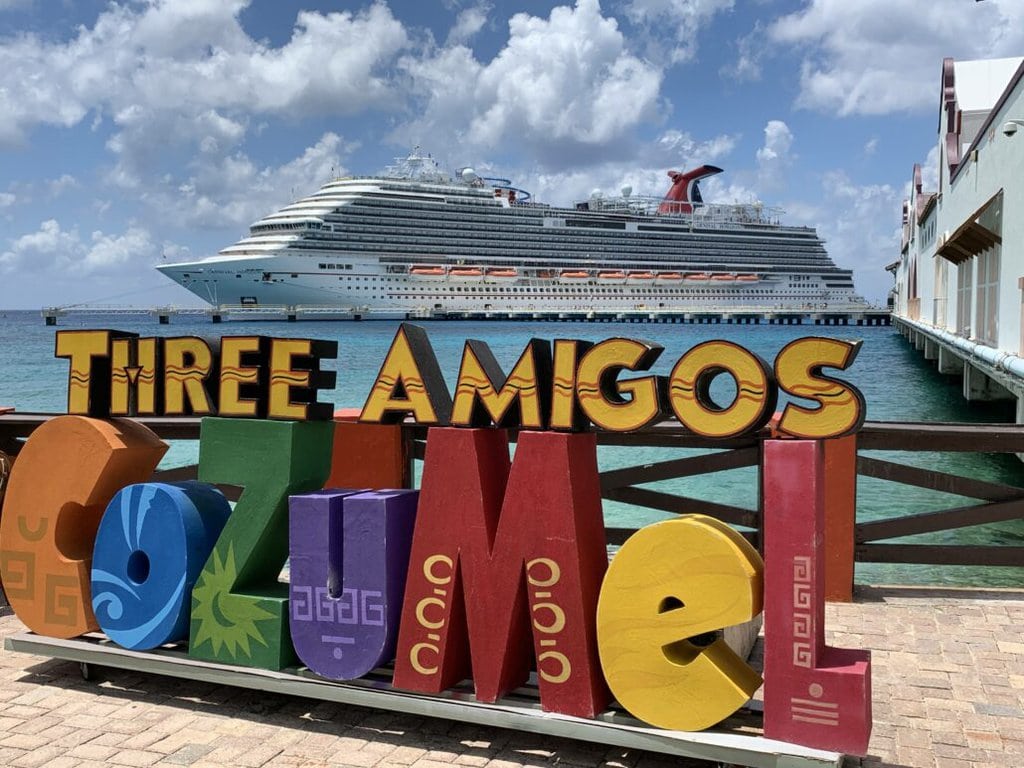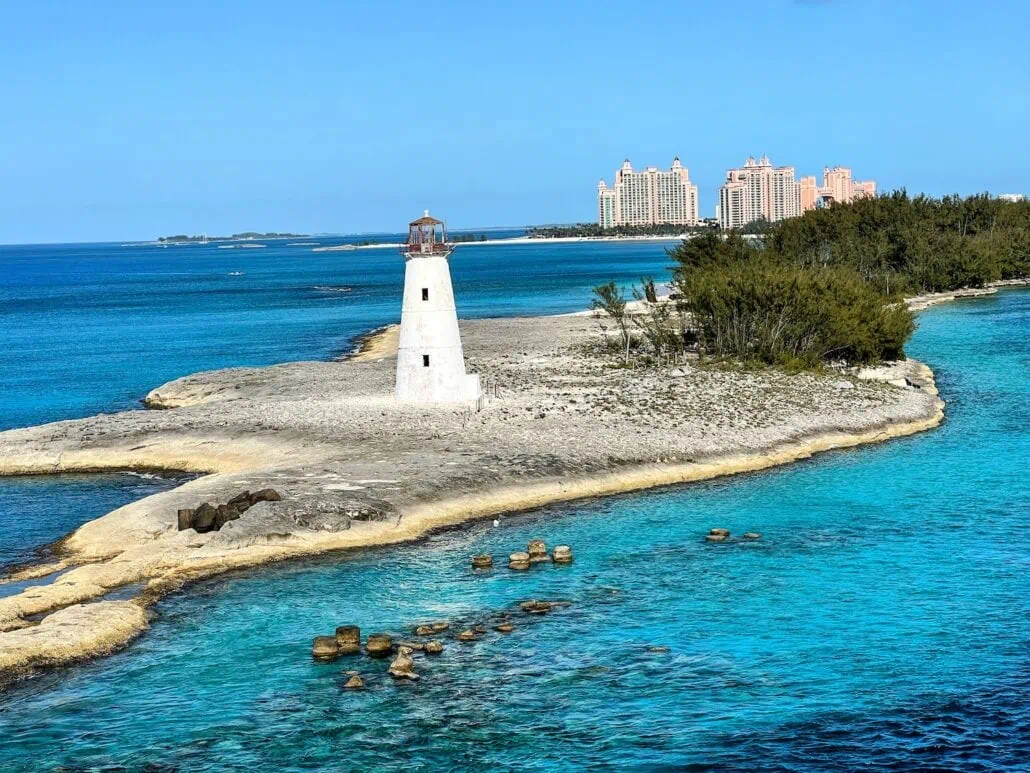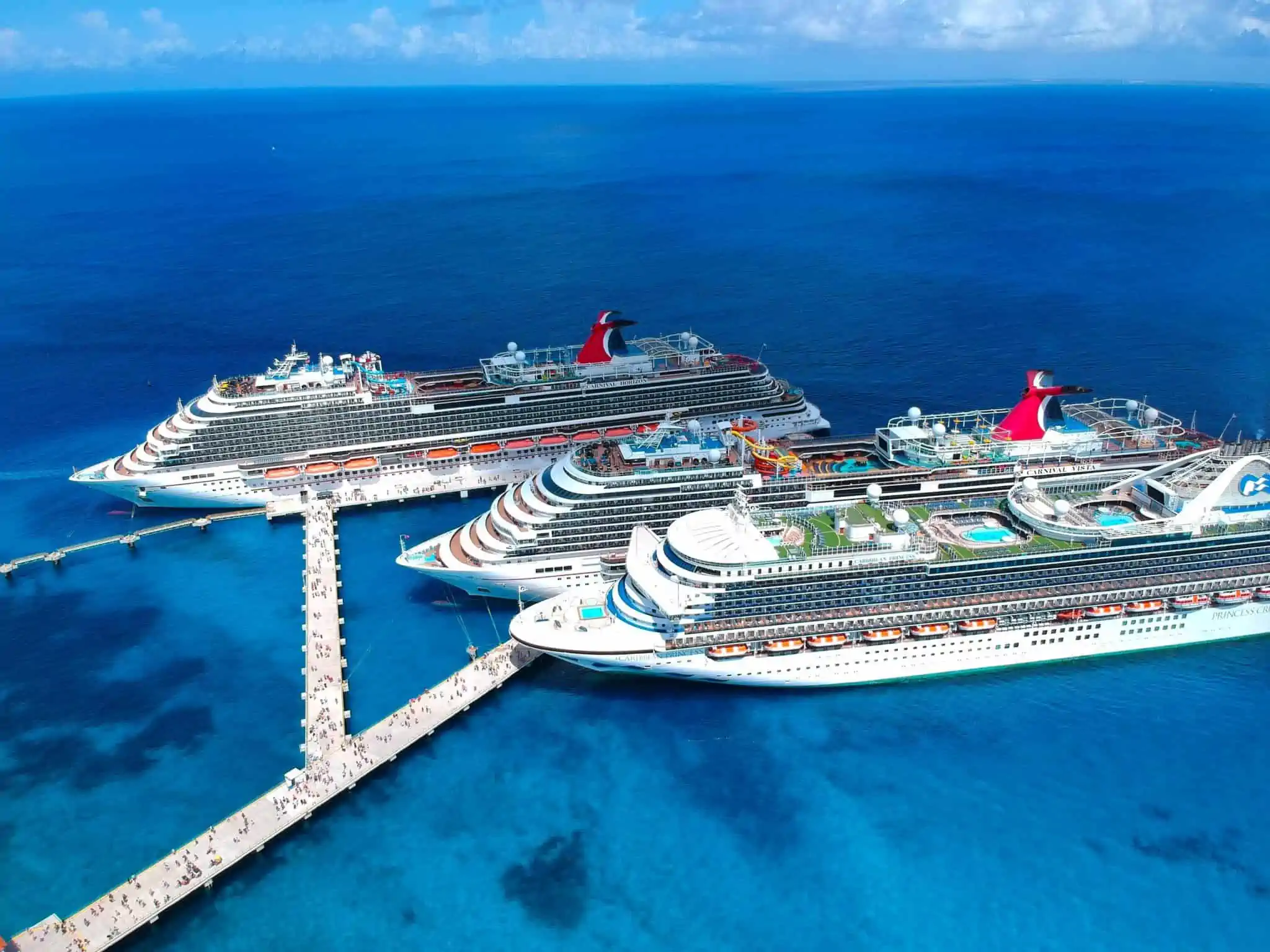Cruise passengers heading to Cozumel and Mahahual, Mexico, will soon pay a $5 fee to visit these destinations.
The new agreement, which will come into effect in the first half of 2025, was established on Wednesday, August 28, between the cruise industry and the Mexican province of Quintana Roo.

“This fund will be used to improve tourism infrastructure and public safety, and a percentage will be allocated to the prevention and response to natural disasters and health emergencies in the ports of Cozumel and Mahahual, in the Mexican Caribbean,” a local publication quoted Quintana Roo Governor Mara Lezama.
| The agreement, otherwise known as the Cruise Tourism Development Fund, was signed by the local government and representatives of the Florida-Caribbean Cruise Association (FCCA)—President Adam Ceserano and Executive Director Michele Paige. |
A Technical Committee has also been appointed to manage the fund and maintain transparency. Its members comprise officials from cruise lines and the Quintana Roo government.
Once implemented, passengers visiting Cozumel and Mahahual will each pay the $5 fee regardless of how many Mexican destinations their vessels call on. The tax was first proposed in November last year.
Other Destinations Impose Cruise Tax Hikes

Five dollars may not seem like much, but the costs can quickly pile up on a global cruise with multiple ports of call. Several popular destinations are implementing cruise tax hikes this year, including:
- Amsterdam’s 37% tax hike from €8 to €11
- Ketchikan, Alaska’s 22% tax hike from $9 to $11
- Freeport, Nassau, and Bimini in the Bahamas are increasing taxes by 27% from $18 to $23 (plus a $5 environmental tax and $2 tourism tax)
- Venice’s €5 “day-tripper tax” for passengers going on day tours
- Barcelona’s 18% increase from €2.75 to €3.25
- St. Thomas and St. Croix’s new $5 Capital Cost Recovery Charge (CCRC)
- Lisbon’s €2 passenger tax
Moreover, places like Barcelona and Greece are considering charging higher fees and decreasing the number of cruise passengers.
Port fees and taxes are collected by cruise lines and disbursed to local ports. They are usually spent on maintaining and upgrading port infrastructure, improving the facilities’ security measures, protecting the environment, and supporting local economies.





